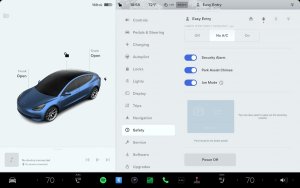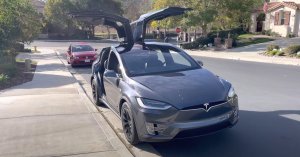Tesla Software Update 2025.20 Released to Employees - What May Be Included
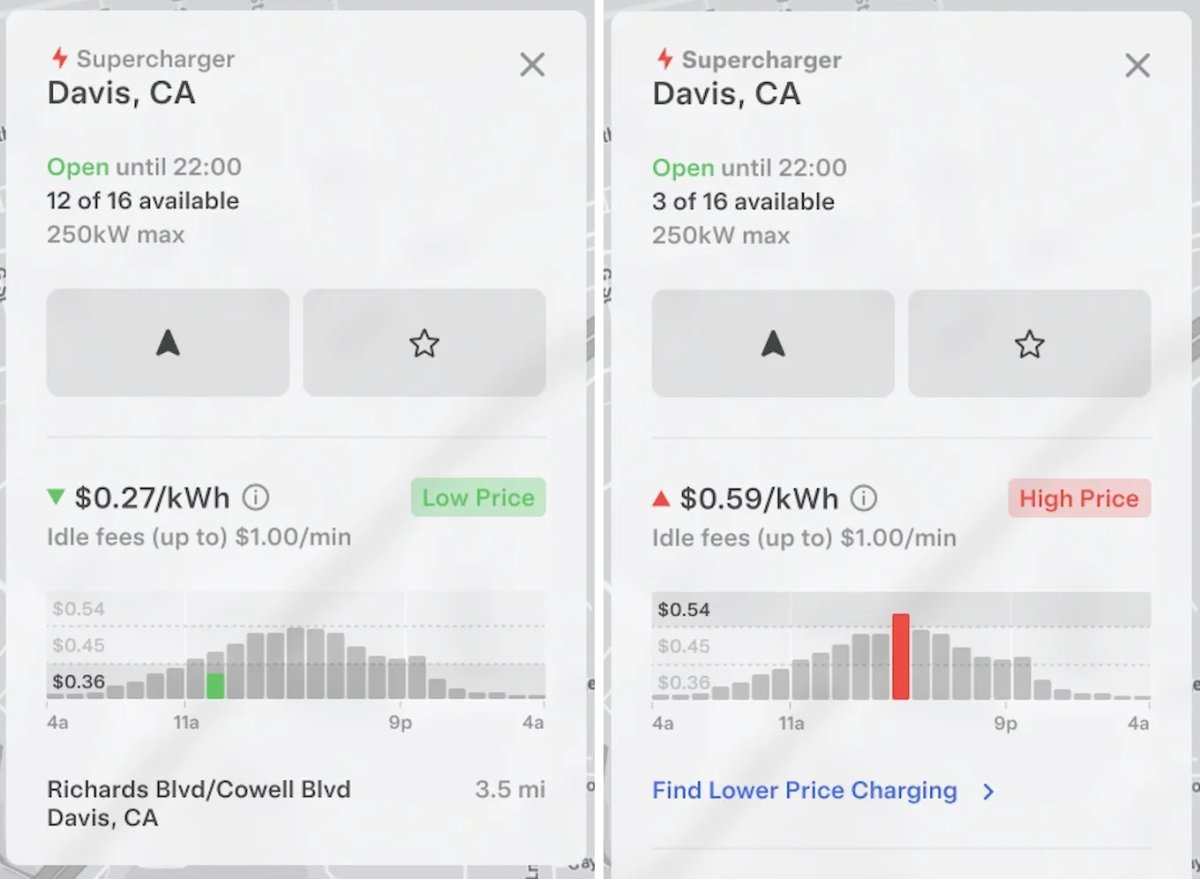
It’s that exciting time again when a major Tesla software update is on the verge of being released. Tesla update 2025.20 is now being tested on employee vehicles, but since Tesla is very strict about sharing updates early, it’s anyone’s guess as to what’s in it.
This update is now reaching employee vehicles, which means it will still be a few weeks before it reaches customers. However, there’s plenty to be excited about. Given the trail of breadcrumbs found in Tesla’s code recently and from recent announcements of upcoming features, there are plenty of hints about what could be in it.
Let’s break it down and see what may be included in Tesla update 2025.20.
Grok
The existing voice command system gets the job done for basic controls, but it’s far from an intelligent, conversational assistant that many have come to expect from their cell phones or other smart devices. The integration of Grok is expected to change that.
Not only is Grok expected to bring a much more reliable system that’s able to parse commands from conversational phrases, but it’ll also drastically expand what the vehicle is capable of understanding and responding to through its voice system.
If you haven’t used Grok, you have several articles on what you can expect. It’ll be a drastic improvement that will reshape the way many of us drive. That may sound like we’re blowing the feature out of proportion, but if you spend a lot of time by yourself in your vehicle, this could have a huge impact on your commute.
Grok could be used as a conversational assistant, a sort of virtual friend who knows a whole lot just about any topic. Sure, you’ll be able to ask it for the weather or stock quotes or when Tesla is holding its next event, but the real power of it is just to be able to carry on conversations about a specific topic.
So here’s what we can expect. A virtual assistant who can execute vehicle commands like opening the glove box, which will be a direct replacement for the voice command system. You’ll also be able to ask general knowledge questions and carry on a conversation about any topic.
The responses won’t be limited to text like they are in the voice command system. Grok will have its voice, just like it does in the Grok app, so you’ll be able to hear your responses, letting you stay focused on the road. However, there likely won’t be a way for Grok to respond with anything except text or voice, for example, it likely won’t be able to display a photo.
Since Grok is replacing the vehicle’s command system and it’s mostly a backend change, we expect it to be available on older vehicles as well, such as those with Intel MCUs.
Grok is close to being released, so if it isn’t included in update 2025.20, it’s expected to be soon afterward, as Grok code has already been found in the previous Tesla update. The code discovered includes UI elements and a personality button like the Grok app.
New Vehicle Keys
With the Robotaxi Network launching as soon as June 12th in Austin and Elon confirming the project is well ahead of schedule, we’re anticipating Tesla will unveil the Robotaxi half of the Tesla app and the in-car interface sometime soon. While we don’t expect to see the in-car interface for both the front and rear screens for vehicles just yet, we could start seeing some other aspects, such as new virtual keys.
Two new keys were found: “Rider Keys,” which allow other drivers to access your vehicle when it is in “Fleet Mode,” and a new type of key called “Pre-delivery.” These keys will presumably let you unlock a vehicle but have limited capabilities. They could allow you to open and inspect your new vehicle, but not start it.
This could remove another human component when picking up your new Tesla.
Trailer Visualizations
Trailer visualizations could be added soon following confirmation from Wes Morril, Cybertruck’s Lead Engineer. Trailers are typically depicted as an additional vehicle or a truck. While the vehicle can accurately detect the trailer, the visualization leaves something to be desired.
Tesla already renders a series of objects in the visualizations, but trailers, along with trains and gates are some of the most requested additions.
Wes Morril also mentioned that Tesla may start rendering Cybertrucks in the visualization. It’s not clear whether he meant that Tesla was updating the truck's 3D model to be a Cybertruck, or if Tesla would display a special Cybertruck model specifically when the vehicle detects a Cybertruck.
While the Cybertruck has a polarizing design, this could be a fun addition. Years ago, Musk commented that Tesla would eventually render other Tesla vehicles as themselves in the visualization, even in their same real-life color, but it seems that Tesla dropped that idea and decided to keep the visualizations simpler.
Custom Wraps
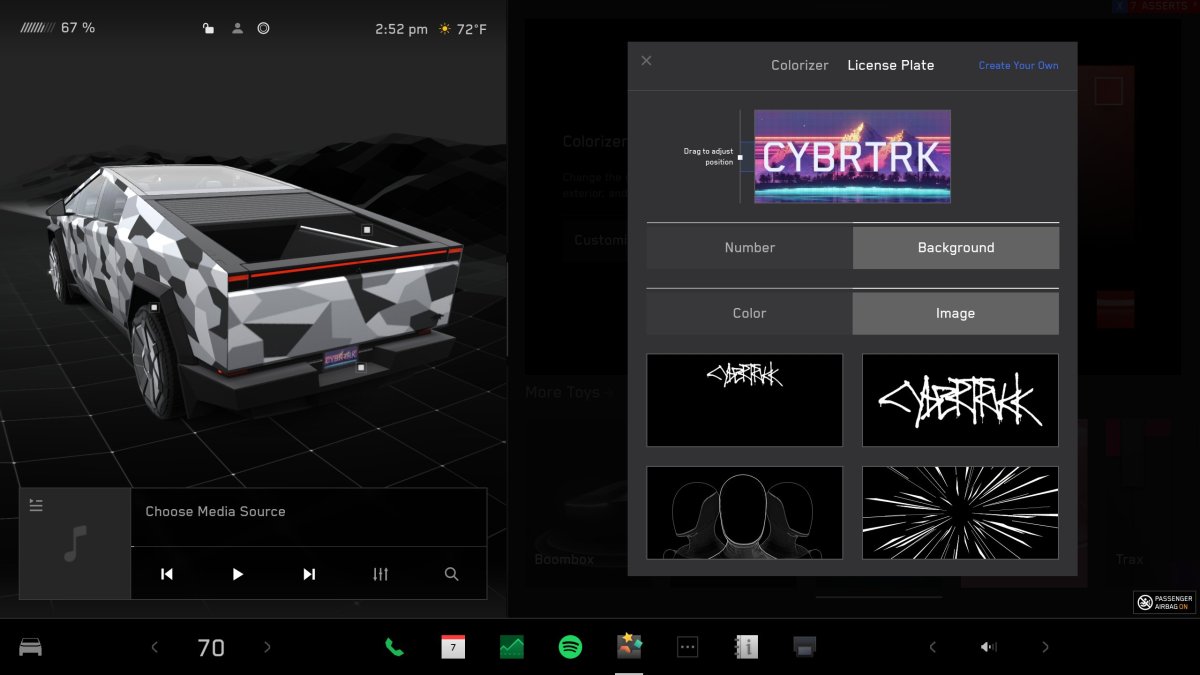
Tesla recently launched a cool custom wrap feature for the Cybertruck, allowing owners to customize their vehicle's appearance in the Tesla app and various vehicle visualizations. While the feature was exclusive to the Cybertruck, Tesla soon announced that it would also arrive for other models in the future.
The feature allows users to create their own custom wrap designs using a Tesla-provided template. It also allows them to create a custom license plate that is displayed in the visualization, letting you create a fun vanity plate or display your actual license plate.
Child Left Behind Detection
Tesla recently launched Child Left Behind support in Europe on the new Model 3. This feature uses the cabin radar to detect if a child has been left behind in a vehicle, and then takes some critical emergency steps. If an unattended child is detected, the vehicle will flash its exterior indicator lights, play an alert tone, and send a notification to your Tesla App. This repeats at regular intervals until you return.
We’re also expecting Tesla to improve this feature by automatically enabling the climate system in the vehicle when it detects a child left alone in the vehicle. In a critical scenario, Tesla previously stated that it would also automatically call emergency services if the driver doesn’t respond to prompts to return to the vehicle.
Since this feature was just added to a single model in select countries in update 2025.14.12, it appears that Tesla wants to collect data before expanding it further to reduce false positives. Since the feature was just rolled out to the public a few days ago, it may be too soon to expand it to other vehicles in update 2025.20, but it’s possible we may see it included in a few more regions or see another model supported.
Smart Child Seats

Back in 2024, we found some code and preview images for Smart Child Seats, which would let the vehicle communicate with smart child seats that are already available. The seats could communicate with the vehicle about being properly installed and confirming the child is buckled.
They could also provide warnings if the child has been left in the seat too long or if the car seat belt has been unbuckled.Quality of Life Improvements
Emergency Vehicle Alert
Tesla has recently started processing audio data, enabling it to not only detect emergency vehicles through its cameras but also through audio. This capability could allow the vehicle to detect an emergency vehicle much sooner.
Supercharger Dynamic Pricing Support

Tesla recently announced that some Superchargers are transitioning to a new dynamic pricing model, which sets the price based on the number of vehicles charging rather than the time of day.
This new pricing model would adjust the price of these Superchargers based on their actual real-time usage when you begin Supercharging. Your price is locked in when you begin Supercharging and won’t change halfway through, so you know exactly how much you’ll be paying.
This change means that a Supercharger could now potentially be cheapest during the day if few vehicles are using it. However, it could also be more expensive at night if it’s under high usage.
These changes make the charging price a little more fair and should help Supercharger congestion, incentivizing drivers to spread out to other nearby Superchargers that may have lower usage and, therefore, lower costs.
Tesla already showed off what the new interface will look like in the vehicle, so we expect that to be implemented in this upcoming 2025.20 update. The updated Supercharger UI will display an arrow next to the Supercharger price, indicating whether the price is higher or lower than anticipated based on historical usage. It’ll also include a “Low Price” or “High Price” label to help consumers decide.
There will also be a new “Find Lower Price Charging” button that will display nearby Superchargers that have lower prices and are less congested.
The Tesla app recently added support for this new charging model in app update 4.44.5.
Quality of Live Improvements
We could also see some other smaller, quality-of-life improvements from Tesla. First up are some improvements to Car Wash Mode, which will provide an alert for anyone who inadvertently lowers their window during a car wash.
We’re also hoping to see Tire Fill Assist, which will likely check the Bluetooth TPMS while you’re filling your tires. It could also give you audible feedback through the vehicle’s internal speakers or outside speaker (PWS) when the tire is approaching the set limit.
Last, but not least, we’re continuing to hold onto the hope that Tesla adds Steam Support to its entire lineup of vehicles. Ever since removing the additional RAM from the Model S and Model X, Tesla has quietly killed Steam Support - but oddly enough, it has still provided updates for it. We’d love to see SteamOS make an appearance on Tesla vehicles - what’s more futuristic than having your vehicle running Unsupervised FSD while you take a break and do some gaming?
When Is It Coming?
This update just started rolling out to employees, so it usually takes two to three weeks before it starts rolling out to the first public vehicles. Expect this update to start rolling out sometime in June, which just so happens to coincide with Tesla’s Robotaxi rollout.











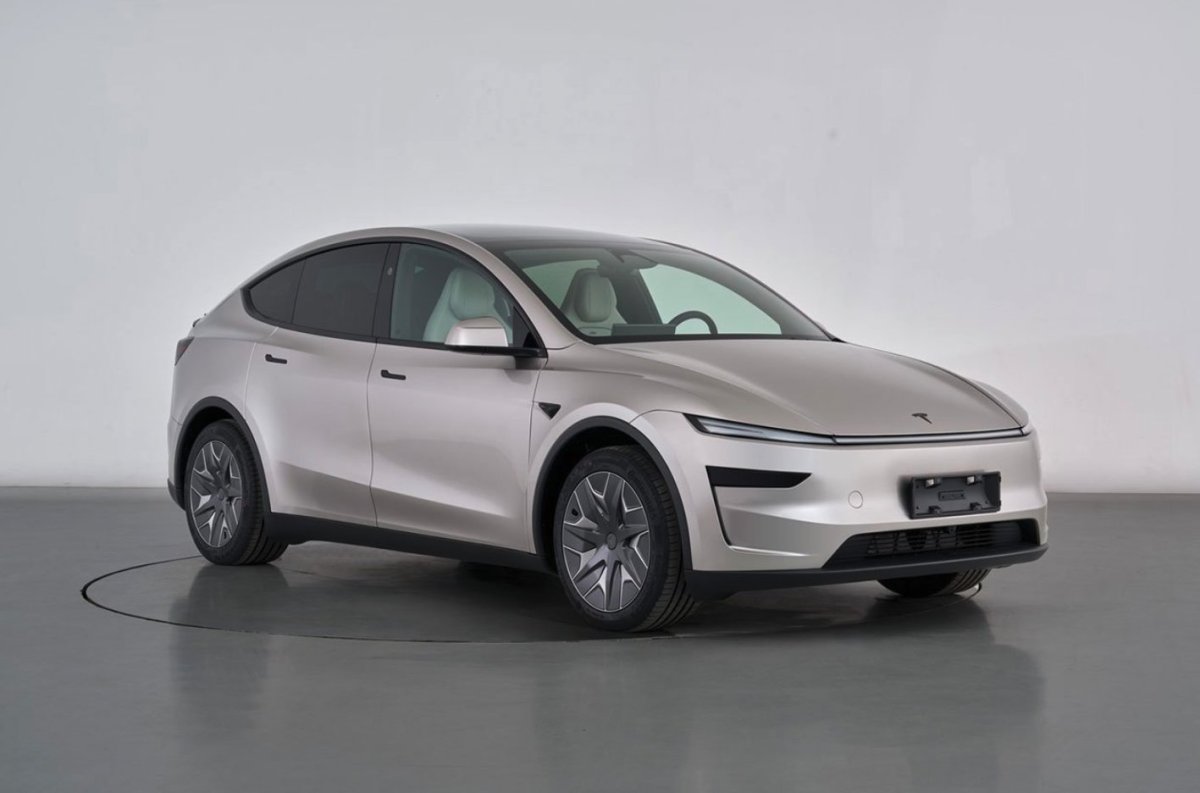
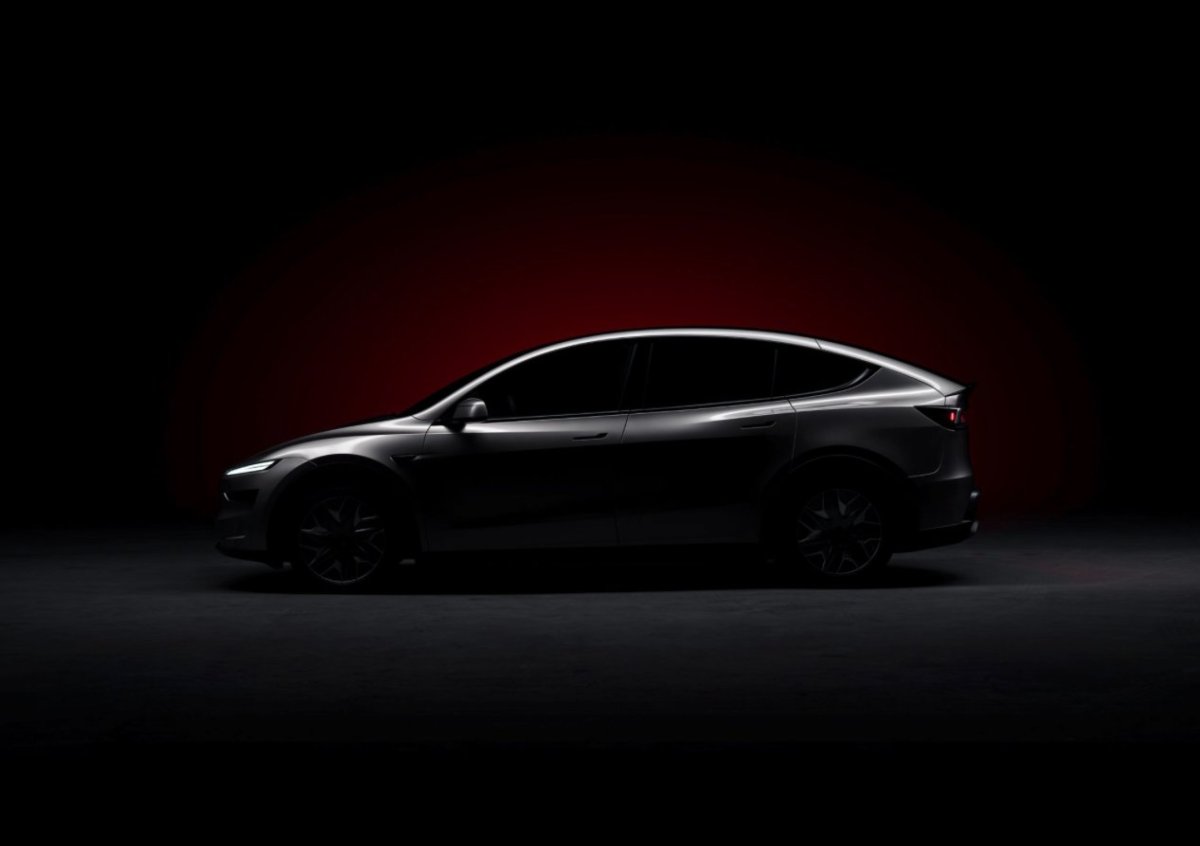
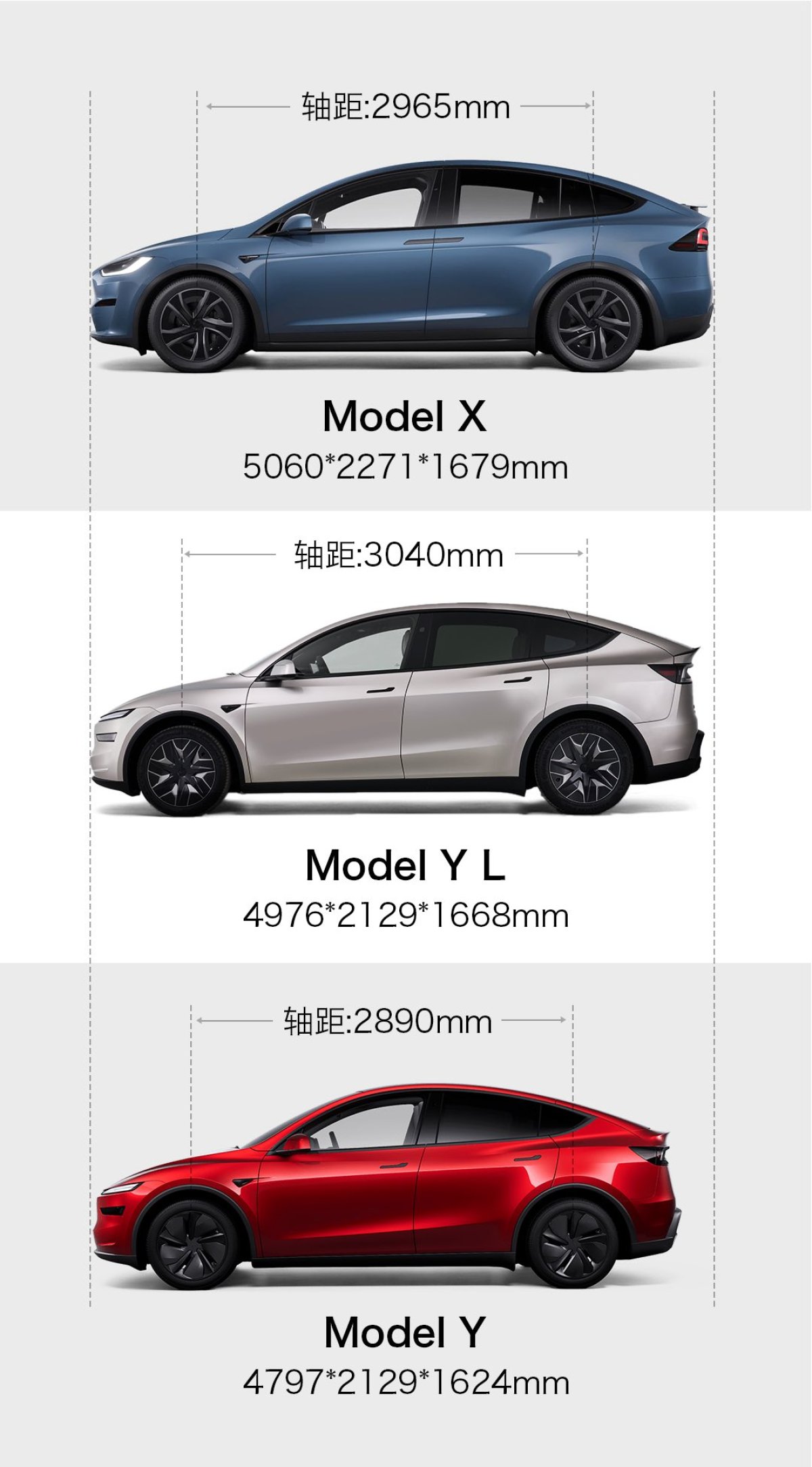
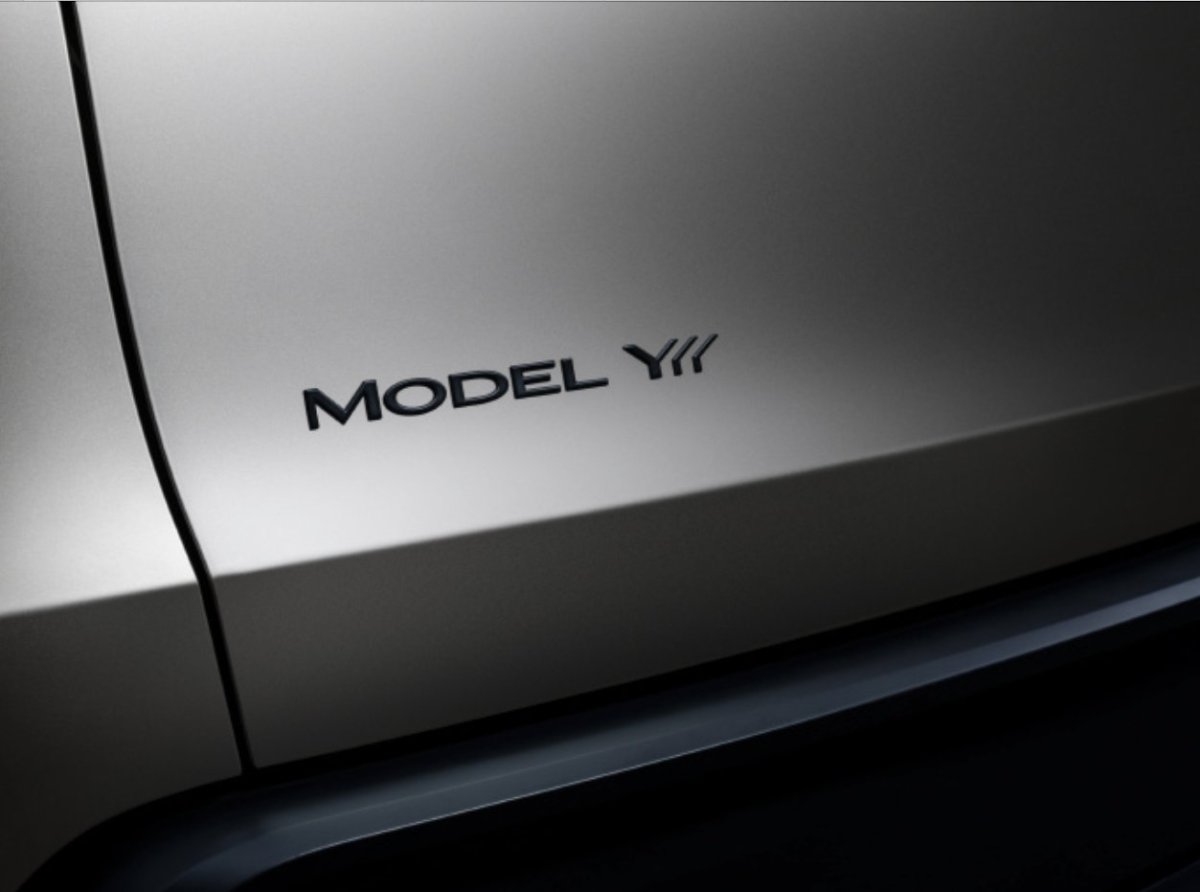
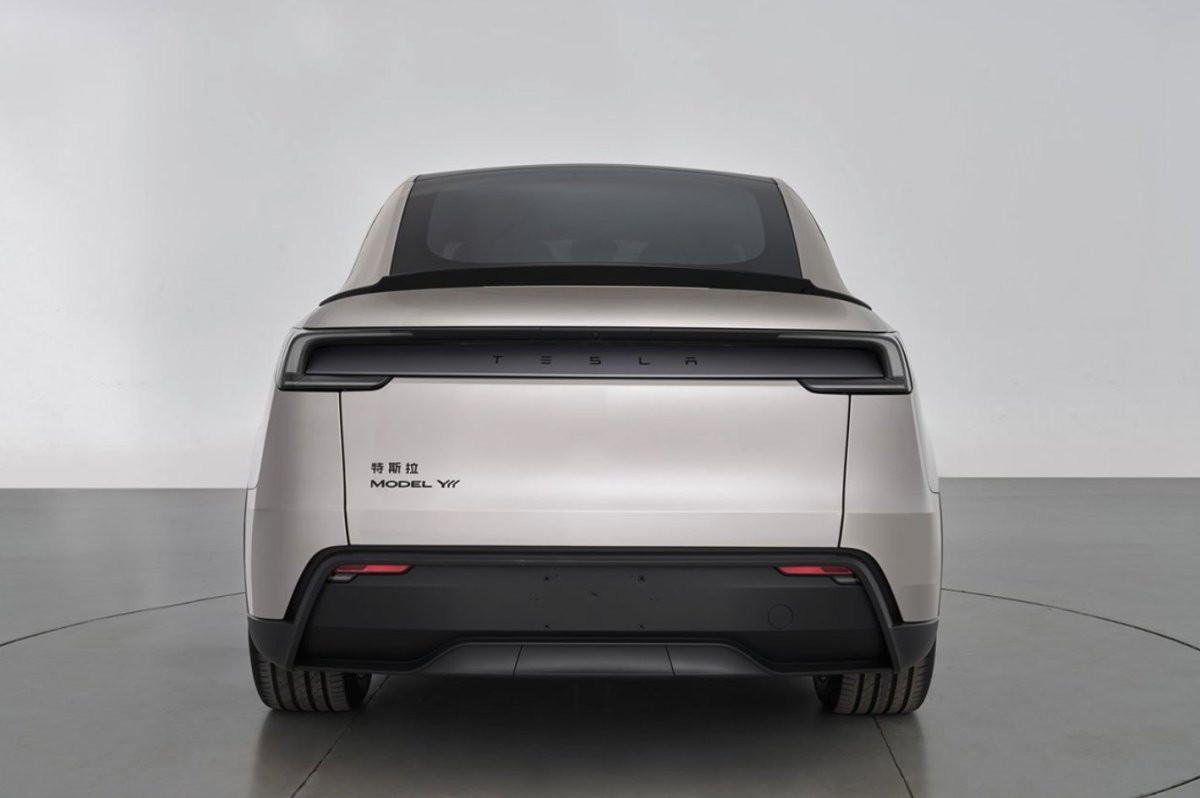
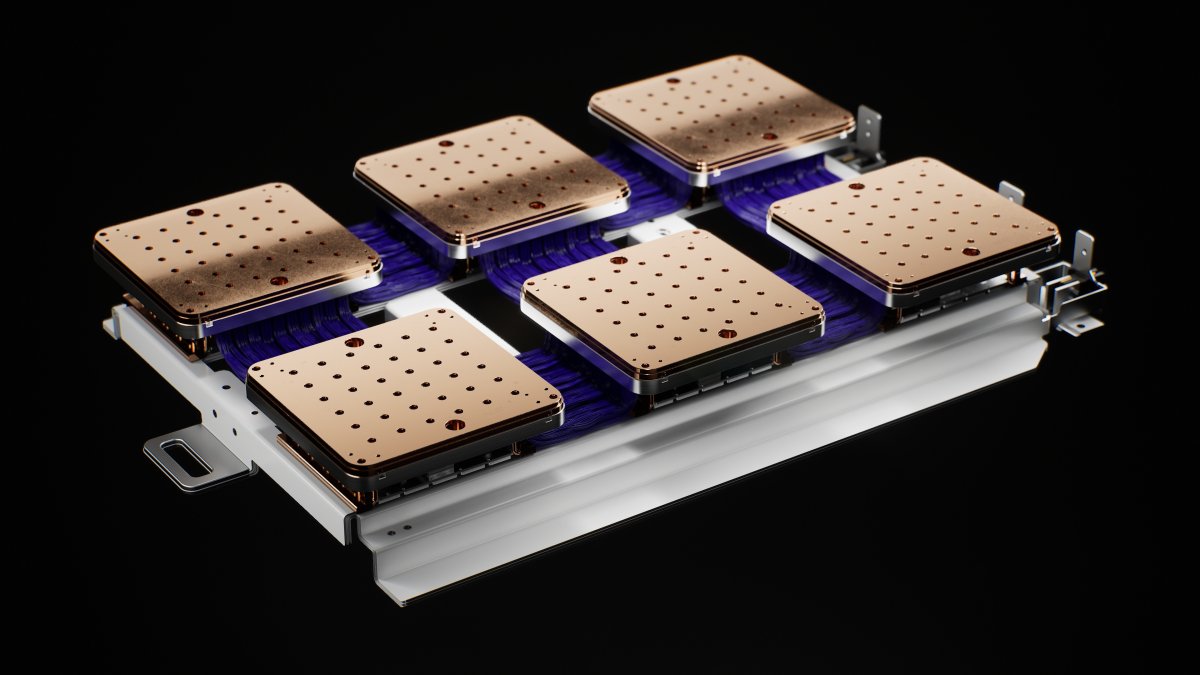
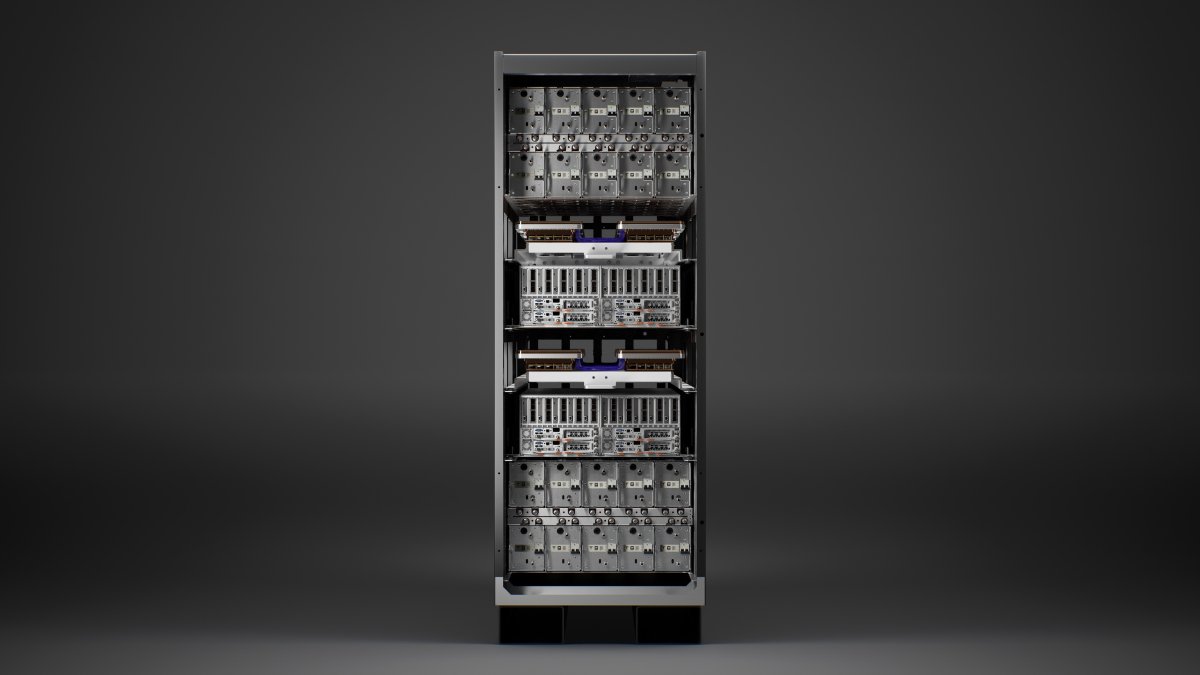


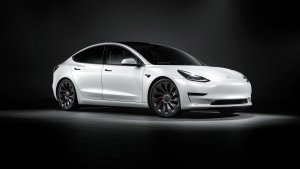
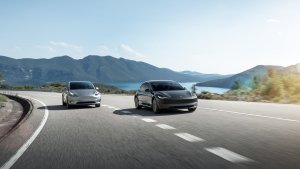
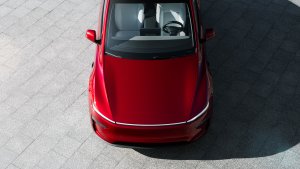
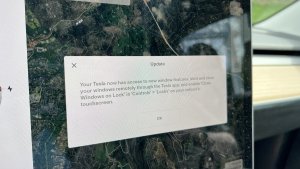
_300w.png)
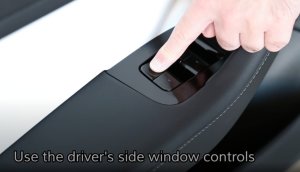
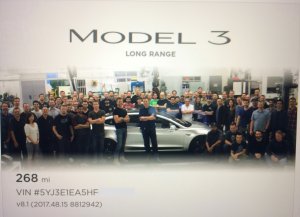
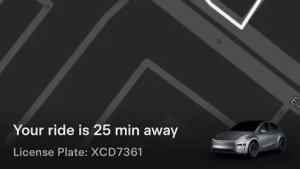
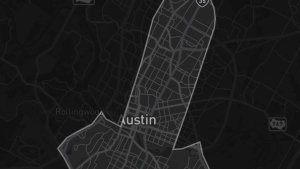
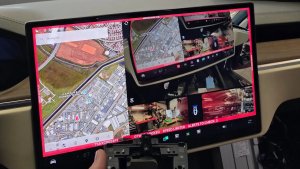

![Tesla Software Update 2025.26: Grok, Light Sync, Audio Presets and More [VIDEO]](https://www.notateslaapp.com/img/containers/article_images/tesla-update/light-sync-update.jpeg/e84ab2f1fe12f493a75927db105a9586/light-sync-update.jpg)
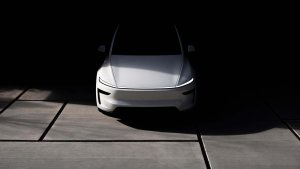
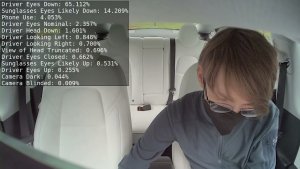
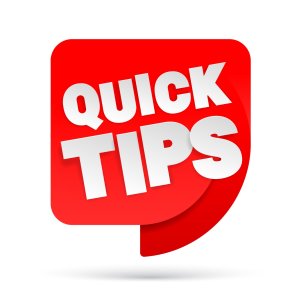
![Andrej Karpathy considers returning to Tesla to work on Optimus [video]](https://www.notateslaapp.com/images/news/2022/karpathy-podcast_300w.jpg)
